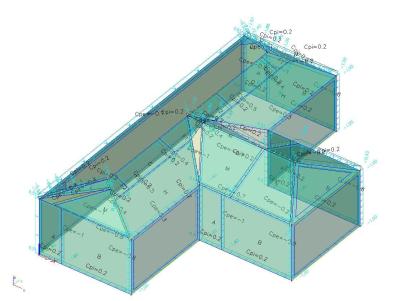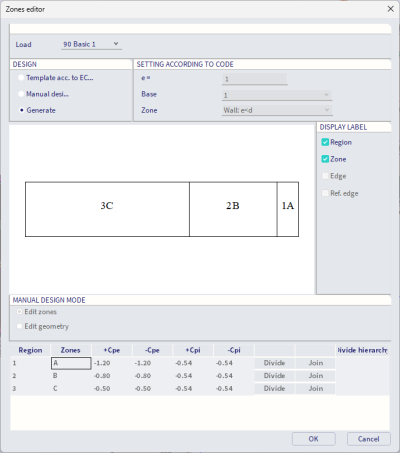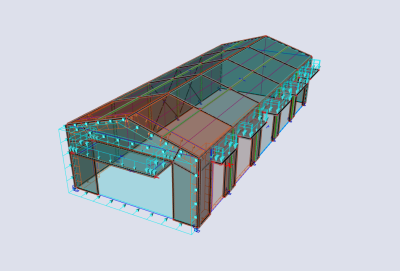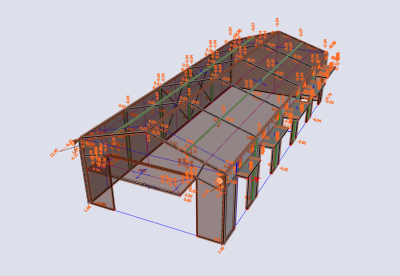sens.15 - Wind and snow generator
- Module code sens.15
-
Software
- SCIA Engineer
-
Included in editions
- Concept,
- Professional,
- Expert,
- Ultimate
- Category Loads & Combinations
- License Perpetual









